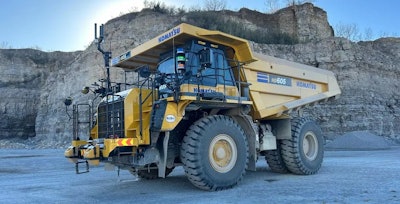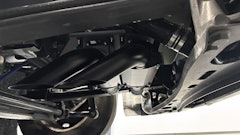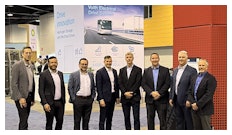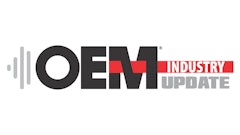
Heidelberg Materials today announced an agreement with Pronto, a US-based autonomous technology pioneer, to deploy Pronto’s Autonomous Haulage System (AHS) to over 100 trucks operating across various sites worldwide in a first wave. The AHS leverages advanced sensors, cameras, and artificial intelligence to autonomously operate haul trucks in complex and dynamic environments. Designed to seamlessly retrofit an existing fleet, the technology offers a scalable and cost-efficient solution to accelerate the upgrade of Heidelberg Materials’ heavy mobile equipment.
“Meeting industry challenges with technological innovation has always been a central part of our target to create a more productive and sustainable future,” said Dr. Dominik von Achten, chairman of the managing board of Heidelberg Materials in a press release. “As a company leading the way in transforming our sector, we strongly believe in fostering strategic collaborations across industries. This partnership will accelerate the adoption of cutting-edge solutions across our sites and regions, leveraging synergies on a global scale.”
“Implementing the latest technologies across our production sites is an important driver of operational excellence and digital innovation at Heidelberg Materials,“ said Axel Conrads, CTO and member of the managing board of Heidelberg Materials. “By teaming up with Pronto, we will deploy a scalable solution to our fleet of haul trucks that will contribute significantly towards our production efficiency, safety, and sustainability efforts, while also addressing the challenge of recruiting skilled operatives.”
The global agreement follows a pilot project of Pronto's technologies at Heidelberg Materials’ quarry in Bridgeport, Tex., and its subsequent deployment on a mixed original equipment manufacturers (OEMs) fleet of haul trucks. The system’s rollout will be expanded to more than a dozen sites across North America, Europe, and APAC.
The approach reflects Heidelberg Materials’ strong focus on leveraging the advantages of its global setup when scaling local pilot projects to full industrial usage. Besides the ability to introduce standardized operating models across its sites, the company benefits from fast simultaneous implementation in different regions and knowledge transfer across teams.


















